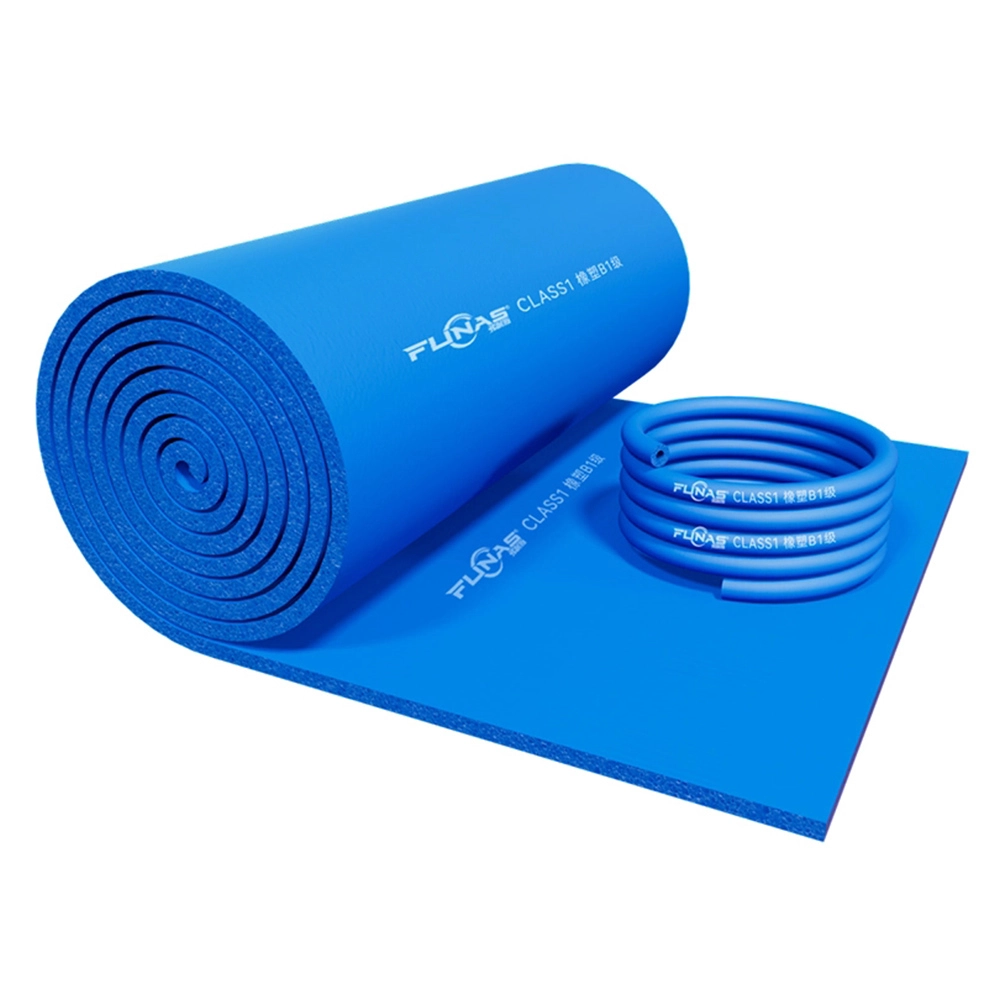Is Rockwool Dangerous to Breathe? Insights from FUNAS
Is Rockwool Dangerous to Breathe? Insights for Industry Professionals
Rockwool, a popular insulation material known for its exceptional thermal and acoustic properties, is widely used in various construction and industrial settings. As a professional in your field, understanding the potential health implications of working with Rockwool is vital. At FUNAS, we're committed to providing you with expertise and insights you need to ensure safe practices.
Understanding Rockwool Composition
Rockwool is made from volcanic rock and minerals, transformed into wool-like fibers through a high-temperature process. These fibers create an effective barrier against heat and sound, making Rockwool a go-to material in the construction industry. However, concerns often arise about the safety of breathing in these fibers during installation or removal.
Potential Respiratory Concerns
While Rockwool is generally considered safe for use, there are some factors to consider regarding respiratory health:
- Fiber Composition: Similar to other fibrous materials, there is a chance of airborne fibers becoming a concern. However, the fibers in Rockwool are more robust and less prone to fragmentation compared to other insulation materials.
- Dust Generation: During cutting or handling, Rockwool can produce dust that may irritate the respiratory tract. This is why protective measures are crucial when working with the material.
- Health Risks: Prolonged or unprotected exposure may lead to respiratory issues, such as coughing or irritation. However, current studies and assessments from health organizations, including the European Union and WHO, suggest that Rockwool is not carcinogenic.
Safety Measures for Professionals
To mitigate any potential risks of inhaling Rockwool fibers, adhere to the following safety practices:
1. Use Personal Protective Equipment (PPE): Always wear appropriate PPE, such as masks and gloves, to minimize exposure to fibers and dust.
2. Ensure Proper Ventilation: Work in well-ventilated areas to help disperse any airborne particles.
3. Implement Dust Control Measures: Employ techniques like wet cutting and dust extraction to reduce dust generation.
4. Regularly Clean Work Areas: Keep the site clean and dispose of offcuts and waste material to prevent accumulation of dust.
5. Training and Awareness: Provide training for workers on handling Rockwool safely and recognizing potential health symptoms.
Final Thoughts
Professionals in the industry can rest assured knowing that when handled correctly, Rockwool is a safe and effective insulation material. By following best practices and safety guidelines, its benefits can be maximized without compromising respiratory health.
For more tailored advice and professional insights on insulation materials, contact FUNAS. We are committed to helping you make informed and safe choices in your projects.
Fiberglass vs Mineral Wool: Comprehensive Comparison – Funas
What is nbr rubber
Understanding Foam Insulation Cost Per Square Foot | Funas
Is Glass Wool the Same as Fiberglass? | Comprehensive Guide by FUNAS
service
What types of rubber foam insulation products do you offer?
We offer a wide range of rubber foam insulation products, including custom shapes and sizes, thermal and acoustic insulation solutions, and options with specialized coatings such as flame retardancy and water resistance. Our products are suitable for applications in HVAC, automotive, construction, and more.
Are your rubber foam products environmentally friendly?
Yes, our insulation products are designed with sustainability in mind. They help reduce energy consumption by minimizing heat loss and gain, and they are made from durable materials that have a long life cycle, reducing the need for frequent replacement.
Can I request custom dimensions or properties for my insulation needs?
Yes, we specialize in custom solutions. Whether you need specific dimensions, thicknesses, densities, or additional coatings, we can work with you to manufacture insulation products tailored to your exact requirements of good materials for heat insulation.
FAQ
How do I choose the right insulation for my project?
Our team can help you choose the best material for heat insulation based on your specific needs, such as thermal resistance, acoustic properties, and environmental conditions.
What is the typical delivery time for custom orders?
Our daily production capacity is 800 cubic meters. Delivery time varies depending on the complexity of the insulation material wholesale order, but we can deliver large quantities of customized products within 4-6 weeks after the approval date, and small quantities can be delivered within 15 days.

Wholesale Black nitrile rubber foam pipe rubber NBR foam tube rubber foam insulation tube for hvac system

Wholesale Rock Wool Mineral Wool Board Panel Sheet
High-performance rock wool board for superior thermal and acoustic insulation. A reliable choice for building projects.

Blue Rubber-plastic Tube Rubber foam pipe wholesale



















































